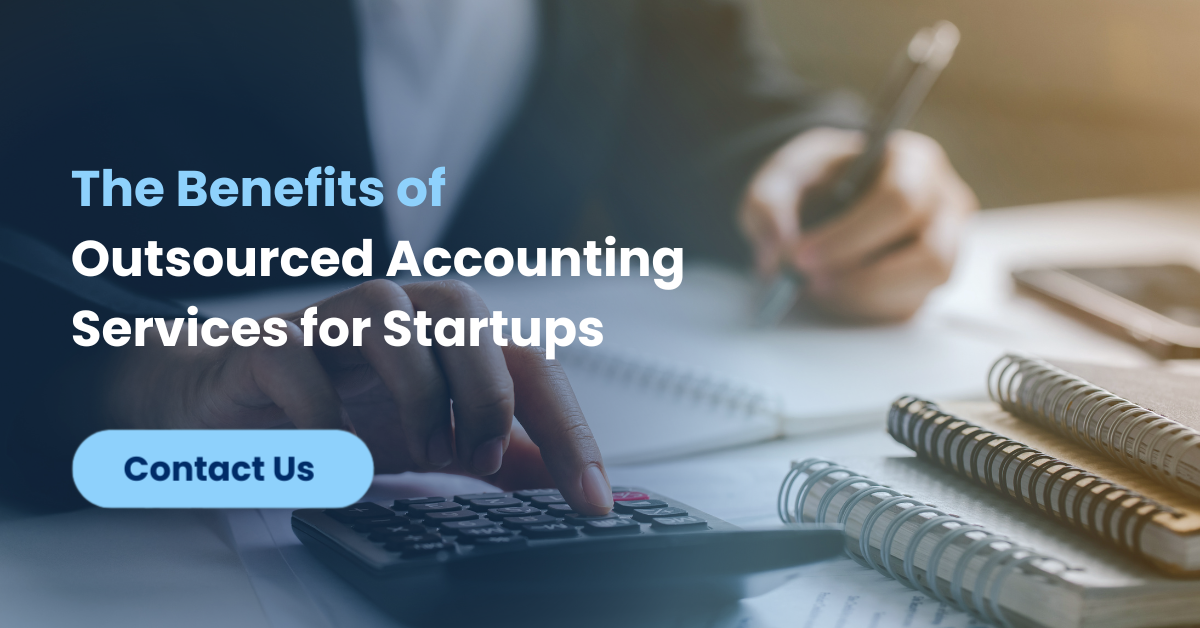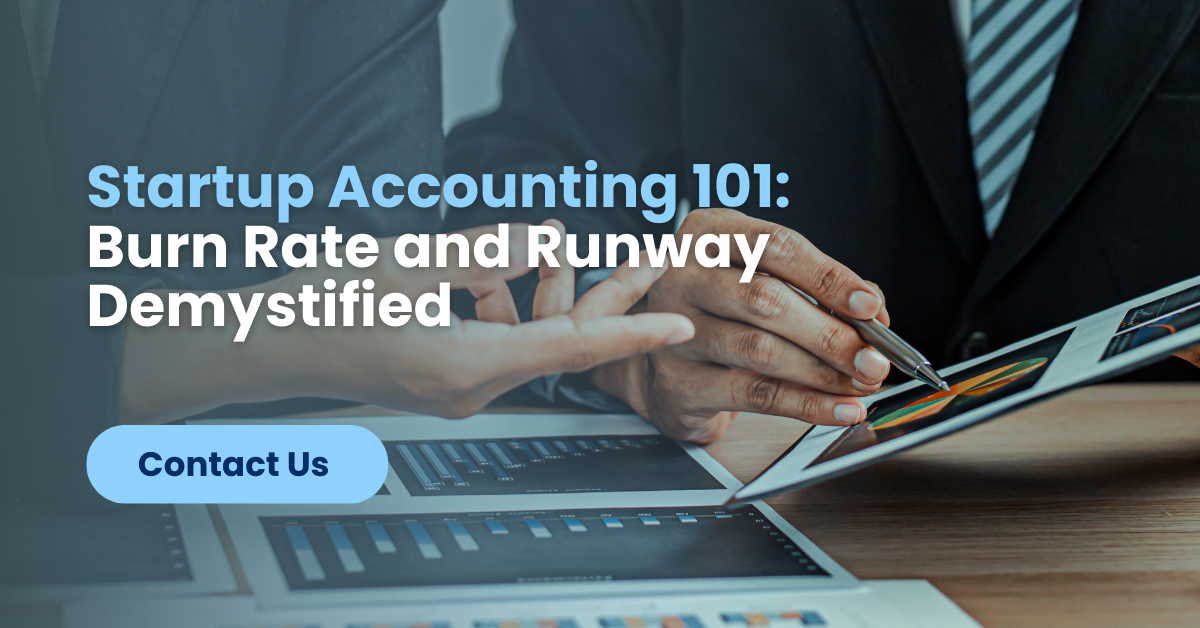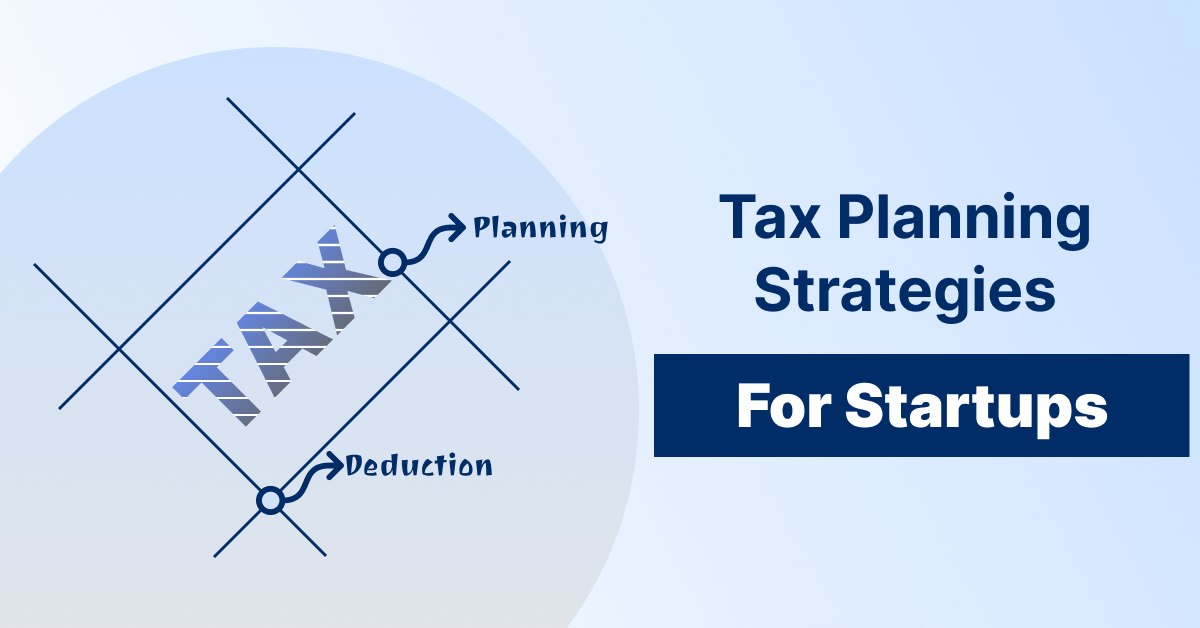Introduction
Choosing the right accounting software is a crucial decision for any startup. The right tool can streamline your financial management, provide valuable insights, and ensure compliance with tax regulations. This guide will help you navigate the process by comparing popular accounting software options, outlining essential features to look for, and offering tips for seamless software integration.
Comparison of Popular Accounting Software Options
- QuickBooks Online:
- Overview: A widely-used accounting software known for its user-friendly interface and comprehensive features.
- Pros:
- Easy to use, even for beginners
- Extensive integrations with other business tools
- Strong reporting capabilities
- Cons:
- Can be expensive for larger teams
- Limited customization options
- Xero:
- Overview: A cloud-based accounting solution popular among startups for its simplicity and functionality.
- Pros:
- Intuitive design and easy navigation
- Excellent invoicing and payroll features
- Robust mobile app for on-the-go accounting
- Cons:
- Can be slow with large volumes of data
- Some advanced features require additional costs
- FreshBooks:
- Overview: Designed for small businesses and freelancers, FreshBooks offers a straightforward approach to accounting.
- Pros:
- Simple and intuitive user interface
- Strong customer support
- Good for invoicing and time tracking
- Cons:
- Limited accounting features compared to competitors
- Not ideal for larger businesses with complex needs
- Wave:
- Overview: A free accounting software that offers basic features suitable for small startups.
- Pros:
- Free to use
- Easy to set up and use
- Includes invoicing, accounting, and receipt scanning
- Cons:
- Limited features compared to paid options
- Customer support can be slow
- Zoho Books:
- Overview: Part of the Zoho suite of business tools, Zoho Books offers a comprehensive accounting solution.
- Pros:
- Affordable pricing
- Seamless integration with other Zoho apps
- Good automation features
- Cons:
- Learning curve for new users
- Limited third-party integrations
Features to Look for in Accounting Software
- User-Friendly Interface:
- Why It Matters: A simple and intuitive interface reduces the learning curve and ensures that all team members can use the software effectively.
- Key Considerations: Look for software with a clean design, easy navigation, and helpful tutorials or customer support.
- Scalability:
- Why It Matters: As your startup grows, your accounting needs will evolve. Choose software that can scale with your business.
- Key Considerations: Check if the software offers different pricing tiers or add-ons to accommodate growing teams and increasing transaction volumes.
- Integration Capabilities:
- Why It Matters: Seamless integration with other business tools saves time and reduces the risk of errors.
- Key Considerations: Ensure the software can integrate with your existing tools like CRM systems, payroll services, and e-commerce platforms.
- Automation Features:
- Why It Matters: Automation can streamline repetitive tasks, saving time and reducing the chance of human error.
- Key Considerations: Look for features like automatic invoicing, payment reminders, and expense tracking.
- Reporting and Analytics:
- Why It Matters: Detailed financial reports provide insights into your business performance and help in strategic decision-making.
- Key Considerations: Ensure the software offers customizable reports and dashboards that meet your specific needs.
- Security:
- Why It Matters: Protecting your financial data is crucial.
- Key Considerations: Look for software with robust security measures, such as data encryption, two-factor authentication, and regular backups.
Tips for Seamless Software Integration
- Assess Your Needs:
- Steps: Before choosing software, make a list of your accounting requirements and prioritize them. Consider your current pain points and future needs.
- Benefit: Helps in selecting a software that aligns with your business goals and can grow with you.
- Test Before Committing:
- Steps: Most accounting software offers free trials. Take advantage of these to test the software’s features and usability.
- Benefit: Ensures the software meets your needs and is user-friendly before making a financial commitment.
- Plan the Transition:
- Steps: Develop a detailed plan for migrating your existing data to the new software. This includes setting a timeline, assigning responsibilities, and backing up current data.
- Benefit: Reduces the risk of data loss and ensures a smooth transition without disrupting your business operations.
- Train Your Team:
- Steps: Provide training sessions for your team to familiarize them with the new software. Utilize tutorials, webinars, and customer support.
- Benefit: Ensures all users are comfortable with the software, leading to better adoption and fewer errors.
- Regularly Review and Optimize:
- Steps: Periodically review your software usage and look for areas of improvement. Stay updated with new features and updates from the software provider.
- Benefit: Keeps your accounting processes efficient and up-to-date with the latest technological advancements.
Conclusion
Choosing the right accounting software for your startup is a critical step towards efficient financial management. By comparing popular options, identifying essential features, and planning for seamless integration, you can ensure that your chosen software meets your business needs and supports your growth. Remember, the right tool can make all the difference in managing your startup’s finances effectively.
Call to Action: If you have any questions or need personalized recommendations, leave a comment below or reach out to us through our contact page. Stay tuned for more insightful articles and tips on managing your startup’s finances!





